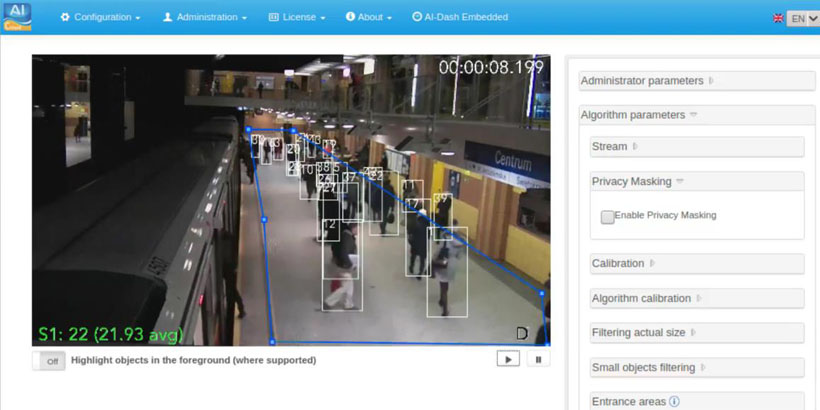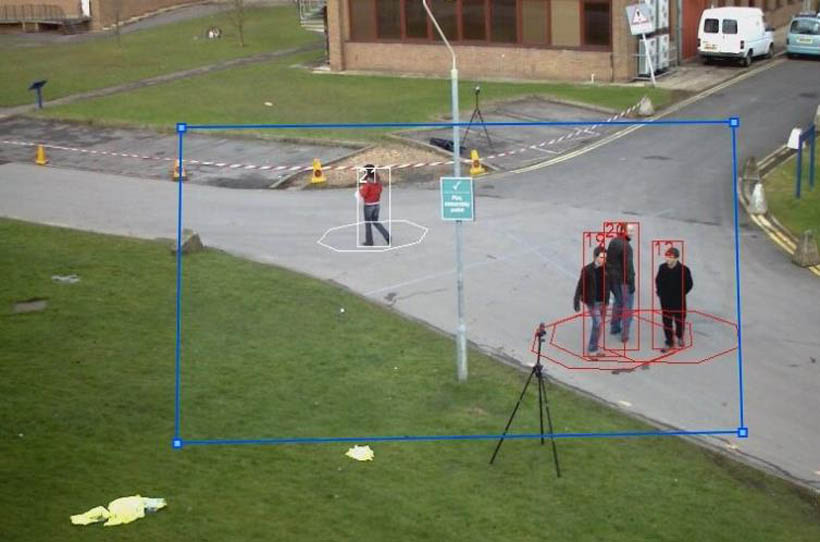 The increased use of artificial intelligence and deep learning technologies has allowed the world of video analytics to leverage the data-gathering potential of video, introducing an ever-increasing number of benefits for retailers. Where once video was almost exclusively used to investigate thefts in the hope of identifying an offender or providing evidence for a prosecution, today retailers can enjoy a host of business-related benefits.
The increased use of artificial intelligence and deep learning technologies has allowed the world of video analytics to leverage the data-gathering potential of video, introducing an ever-increasing number of benefits for retailers. Where once video was almost exclusively used to investigate thefts in the hope of identifying an offender or providing evidence for a prosecution, today retailers can enjoy a host of business-related benefits.
Video captures and stores a significant amount of data. This includes information about a site’s status. If an individual can understand information about a situation by viewing what is happening, then video analytics can – with the right configurations – also capture that information. While this functionality isn’t new, it has recently become financially realistic to mine the data.
Traditionally, when used for crime prevention or investigations, most captured video data was of little or no interest. It was typically discarded, because implementing systems with the capability to process and use the data was expensive. However, in recent years, video processing capabilities have advanced, along with the ability to interrogate metadata on a deeper level, so the use of captured data for a wider range of tasks has become increasingly cost-effective.
While the role of video as a crime prevention tool is still relevant and is often the driver behind specifying the technology, it is vital to understand that the measurable return on investment for video-based solutions often comes from the additional benefits on offer. These not only deliver higher levels of protection for staff, customers and stock, but can additionally assist in site management issues. This includes the ability to manage occupancy, which is a serious consideration as retailers struggle to meet COVID-Secure requirements.
One example is AI-RETAIL-DEEP, an analytics package from A.I. Tech. The company’s AI-RETAIL product has won awards for its role in delivering business intelligence, and the software has been enhanced with the introduction of deep learning technologies for the AI-RETAIL-DEEP version.
 The solution is an integrated video analysis system for monitoring customer behaviours and flow. It can be deployed in both indoor and outdoor environments, so can be helpful in managing controlled entry to premises during the pandemic.
The solution is an integrated video analysis system for monitoring customer behaviours and flow. It can be deployed in both indoor and outdoor environments, so can be helpful in managing controlled entry to premises during the pandemic.
The solution makes use of the most advanced deep learning algorithms, and can be used with standard servers or appliances which are equipped with CPUs, or if a higher level of performance is required, with the more modern servers and appliances which combine CPUs with GPUs.
AI-RETAIL-DEEP delivers a number of features which deliver value in retail applications. Capabilities include estimating the number of people inside a designated space. It can generate an alarm or send a notification if overcrowding occurs based on the number of people entering or leaving a site. It can also consider densities of people within a space, even if the overall occupancy is within the set parameters. This allows it to detect if people are too close to each other during a designated time period. If higher than acceptable densities are detected, a notification can be sent, an alarm raised, or an action taken such as triggering an audio announcement or switching signage.
As well as allowing the generation of reports which highlight footfall, hotspots and other important data for retailers, it can also ensure regulations relating to social distancing are complied with.
People counting can be carried out using line-crossing algorithms, with cameras installed in typical orientations rather than with overhead views as is required by most traditional people counting systems.
For retailers looking to add a return on investment to their video-based systems, AI-RETAIL-DEEP offers a credible solution combining business intelligence with security and safety.







